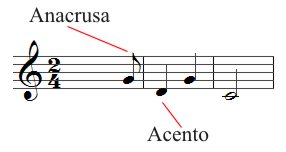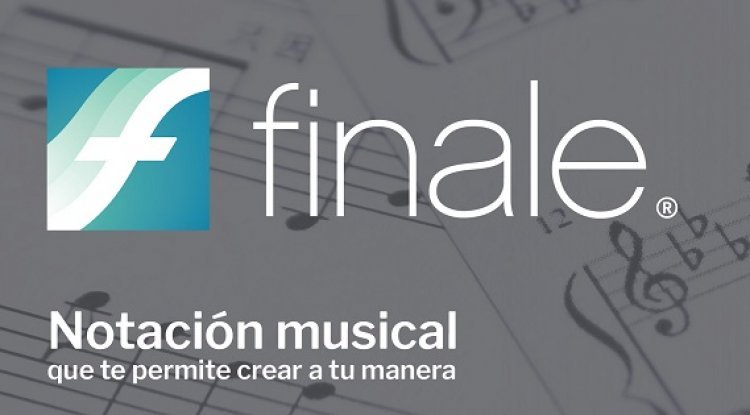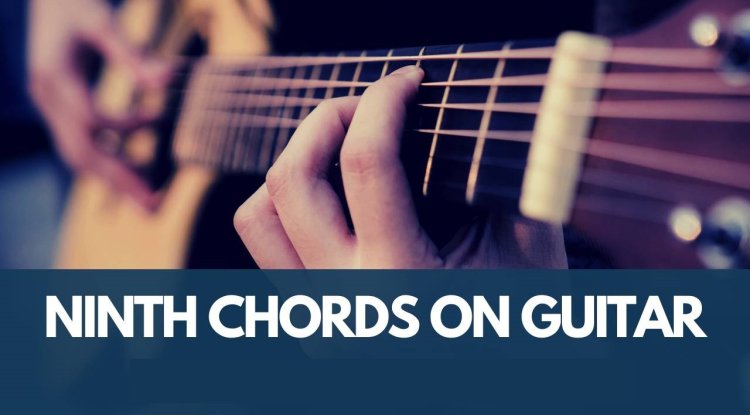Repetition Signs - Music Theory
Discover the repetition signs in music: bar, Da Capo, Coda, and more. Keys to interpreting scores efficiently. Music Theory from Full Scores.

There are multiple signals that indicate to the singer or performer that certain parts of a musical piece need to be done again, this to avoid having to write such a fragment more than once.
Depending on the size of the excerpt that needs to be repeated, there are different symbols that can be used, to know which ones they are, do not stop reading this new article.
Repetition Bar
To write it, a double bar with two dots overlaid in the center is placed in the measures that need to be repeated. These segments can also be segmented with boxes at the top of the staff, it is very common to see two boxes in a repeat segment. When reading a piece and we reach the first box, it is done for the first time and in the second it will go directly to the next to then continue with the rest of the music.

Measure Repeat Sign

It consists of a diagonal line with two dots on its sides, indicating that the previous measure must be performed again.
Da Capo

These Italian words mean "from the beginning" and are written when the performer is notified that the work should be repeated in its entirety.
Fine

These words are written to indicate the end of the work, often only a few measures from the beginning can be repeated and then jump to the fine, this indication is called "Da Capo al fine".
Coda and Sign
Either of these two symbols can be placed in any part of the score that is desired to be repeated. These can be easily recognized, as the Coda is an oval crossed with a cross, while the sign is a kind of f or S crossed with a diagonal line with two dots on its sides.
To know how they should be repeated, it is necessary to have a prior indication such as DS al coda, which means from the sign to the coda, to the coda, etc.
Now that we know the repetition signs, it is important to always use them when they are written in the score to give a greater sense to the music that is going to be interpreted.
Other Basic Concepts in Music Learning
The study of music requires learning certain techniques and concepts that must be perfectly managed throughout this wonderful profession. If you want to know what these other basic concepts are, continue reading:
Anacrusis

It is one of the most important resources at the beginning of a musical work. It is a note that is placed on the weak time of a measure. This resource seeks to provoke a sense of urgency within the piece.
Offbeat

It is said that we are facing an offbeat when a note is played or sung that is found in the weak time or part, while the strong time or part of the measure has silences. It is usually an important key within the accompaniments.
Double Bar

It is the symbol that is placed at the end of a complete piece or movement of the same.
Syncopation

It is defined as a sound articulated in the weak time or part that is prolonged to a strong time or part.
Each of these basic concepts is of great importance in the study of music, dedicate yourself to practicing them so that you gradually become a high-level musician.
What's Your Reaction?


















